The nominations committee is now inviting expressions of interest from all Society members in good standing for the following positions
- President-Elect (2022 - 2023) --> President (2024-2025)
- Treasurer (2022 - 2023)
- Secretary (2022 - 2023)
- 3x Governors (2022 - 2024)
The President-Elect, Treasurer, and Secretary form the Society for Cryobiology's Executive Committee, along with the President and Executive Director. They hold monthly meetings to discuss current Society business. They also partake in the quarterly Board of Governors meetings, and other duties outlined below. Specifics relating to these roles can be found in the
Society's bylaws.
Society for Cryobiology Governors take an active role in the decision making that guides the Society. Governors participate in quarterly Board meetings and take on leadership responsibilities in various Society committees. They may also be involved in leadership roles in other Society activities of their interest, for example the Annual Meeting, or ad hoc projects.
To express your interest or for an informal discussion regarding the various roles please email Executive Director,
Nicole Evans. Please note all nominations are subject to approval by the nominations committee. This does not affect your right to nomination by petition as outlined in the
Society's bylaws.
If your candidate nomination is accepted or you are nominated by petition you will be required to provide a detailed biography, statement outlining your vision for the Society, and a photograph for the election materials.
The deadline to express your interest in standing as a candidate for Governor is
Monday August 16, 2021. The election will be held October 11-25, 2021.
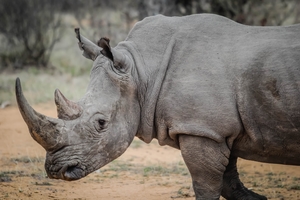 The international team of scientists and researchers from the Leibniz Institute for Zoo and Wildlife Research are pleased to announce the introduction of four new northern white rhino (NWR) embryos, totaling nine embryos ready for implantation into surrogate southern white rhinos (SWRs). Oocytes (immature egg cells) were collected from Fatu, one of the two last remaining NWR, and artificially inseminated using frozen sperm from deceased NWR males. The team is currently preparing the family environment including carefully selecting potential surrogate SWR and sterilizing Owuan, a SWR male, whose behavior will provide key indicators to the surrogate's reproductive timing. Read the full article...
The international team of scientists and researchers from the Leibniz Institute for Zoo and Wildlife Research are pleased to announce the introduction of four new northern white rhino (NWR) embryos, totaling nine embryos ready for implantation into surrogate southern white rhinos (SWRs). Oocytes (immature egg cells) were collected from Fatu, one of the two last remaining NWR, and artificially inseminated using frozen sperm from deceased NWR males. The team is currently preparing the family environment including carefully selecting potential surrogate SWR and sterilizing Owuan, a SWR male, whose behavior will provide key indicators to the surrogate's reproductive timing. Read the full article...



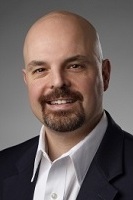 Erik Woods
Erik Woods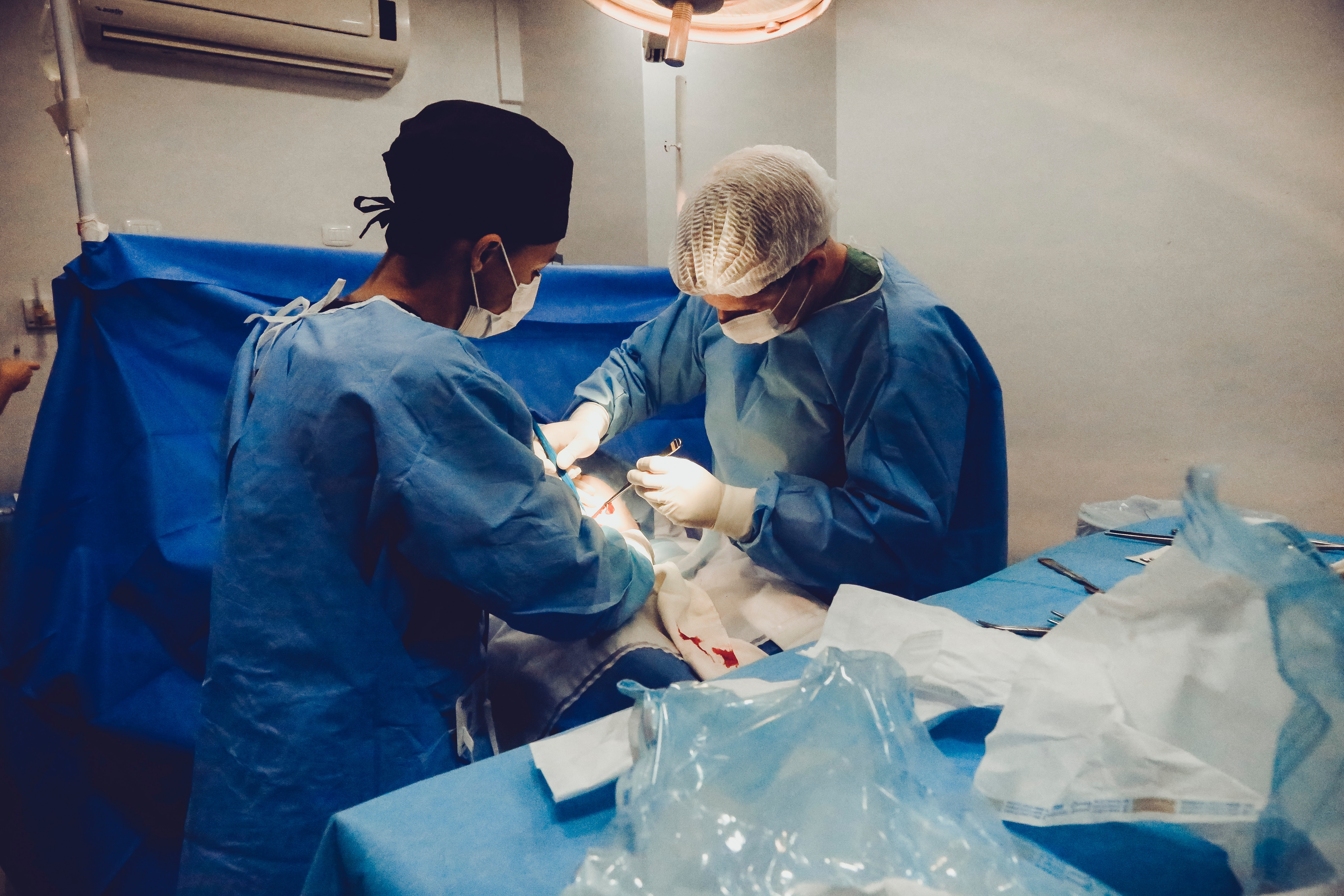 Although a standard practice in many European countries, a medical team in Hong Kong used the Organ Care System for the first time on a human heart transplant. Invented in the USA, the Organ Care System is superior to traditional ice boxes for transporting organs by keeping the heart warm and beating with oxygenated blood up to 10 hours. Dr Timmy Au Wing-kuk, chief of Queen Mary Hospital’s cardiothoracic surgery department where the medical procedure was performed, says the implementation of the Organ Care System can increase the number of successful transplants by 5 to 10 each year. This transport method also allows medical teams to use hearts that would have been disqualified previously due to donor's age, organ condition, or travel distance.
Although a standard practice in many European countries, a medical team in Hong Kong used the Organ Care System for the first time on a human heart transplant. Invented in the USA, the Organ Care System is superior to traditional ice boxes for transporting organs by keeping the heart warm and beating with oxygenated blood up to 10 hours. Dr Timmy Au Wing-kuk, chief of Queen Mary Hospital’s cardiothoracic surgery department where the medical procedure was performed, says the implementation of the Organ Care System can increase the number of successful transplants by 5 to 10 each year. This transport method also allows medical teams to use hearts that would have been disqualified previously due to donor's age, organ condition, or travel distance. 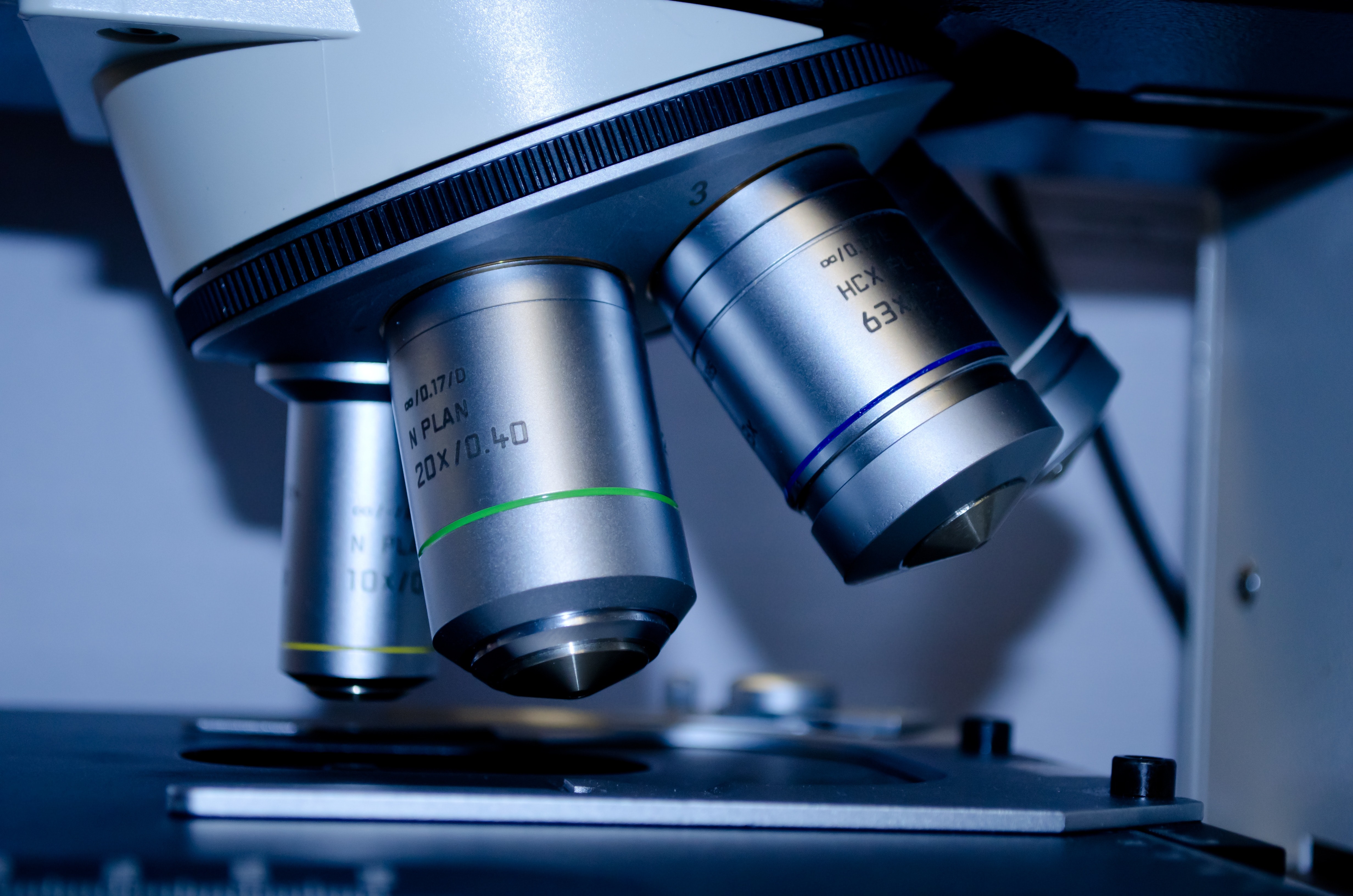 Over the past six years, researchers from the
Over the past six years, researchers from the 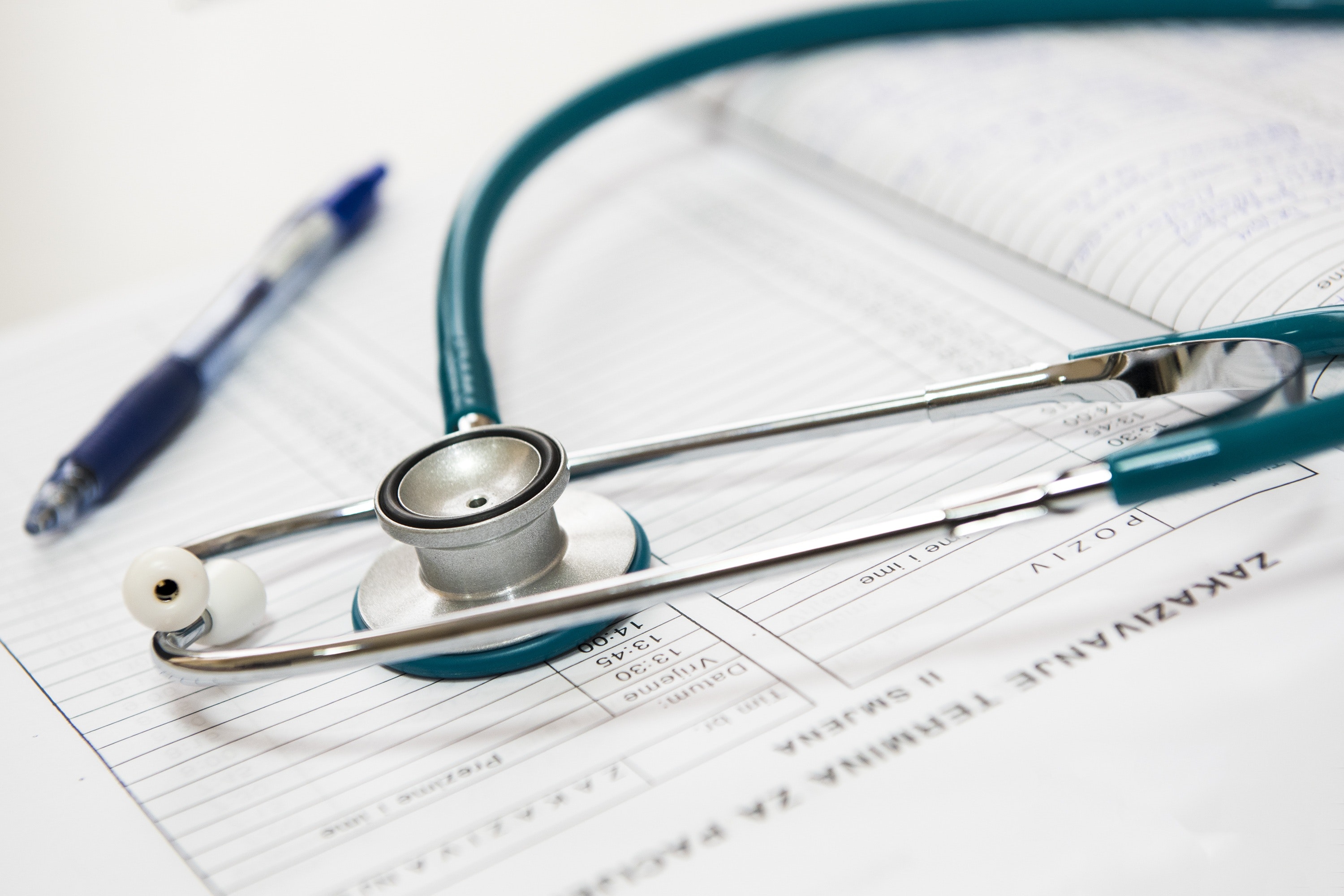 The
The 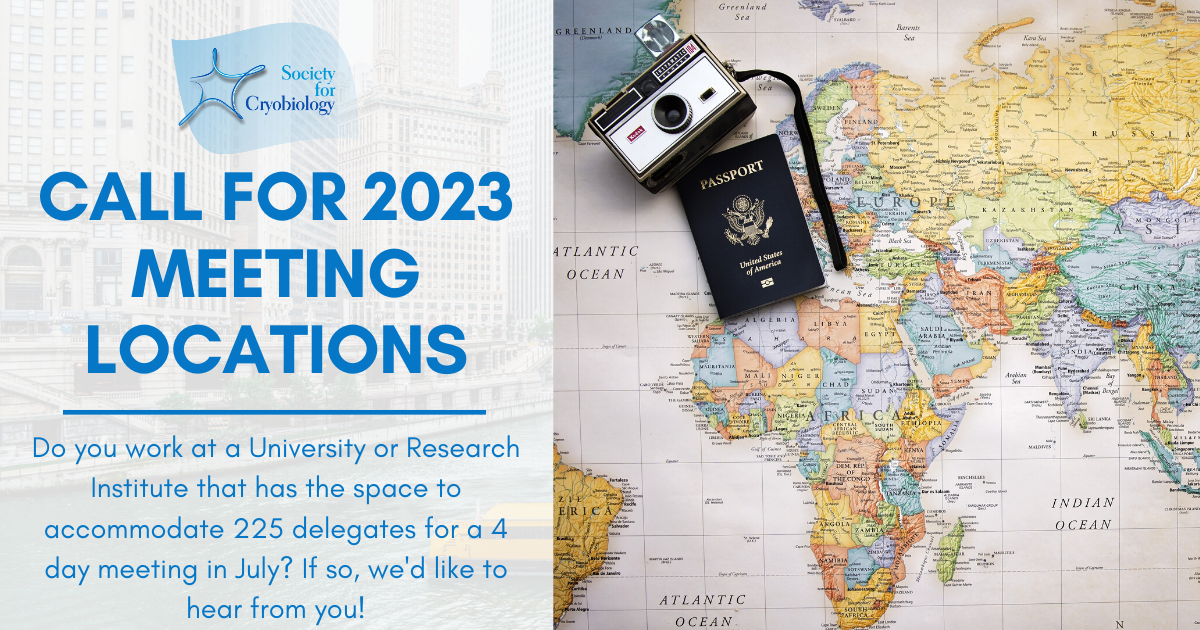
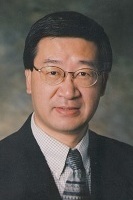 As my term as President of the Society for Cryobiology draws to a close, I would to express my deep appreciations and to reflect on the achievements of our society during the previous two years.
As my term as President of the Society for Cryobiology draws to a close, I would to express my deep appreciations and to reflect on the achievements of our society during the previous two years. 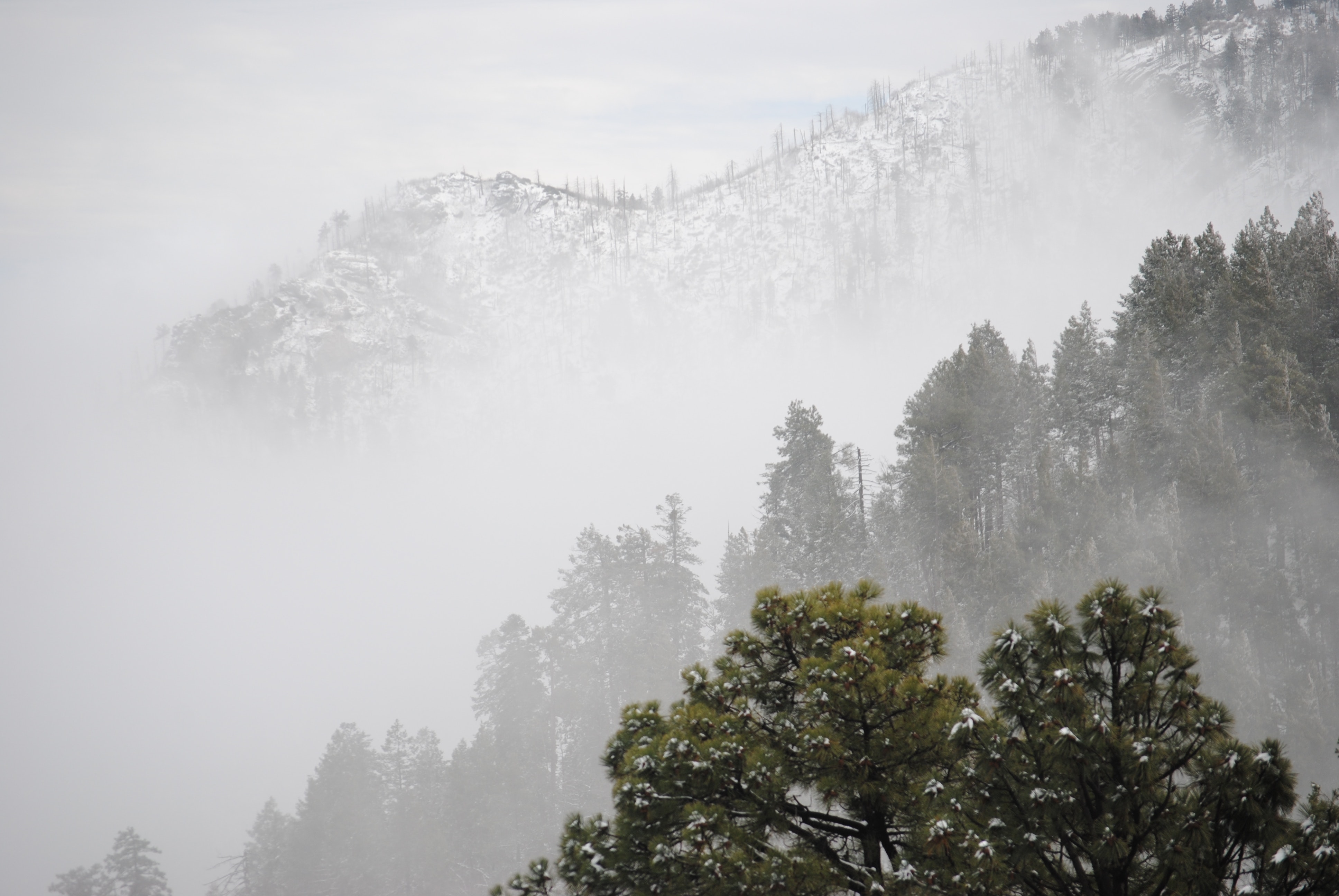 A recent hiking trip turned frigid after t
A recent hiking trip turned frigid after t
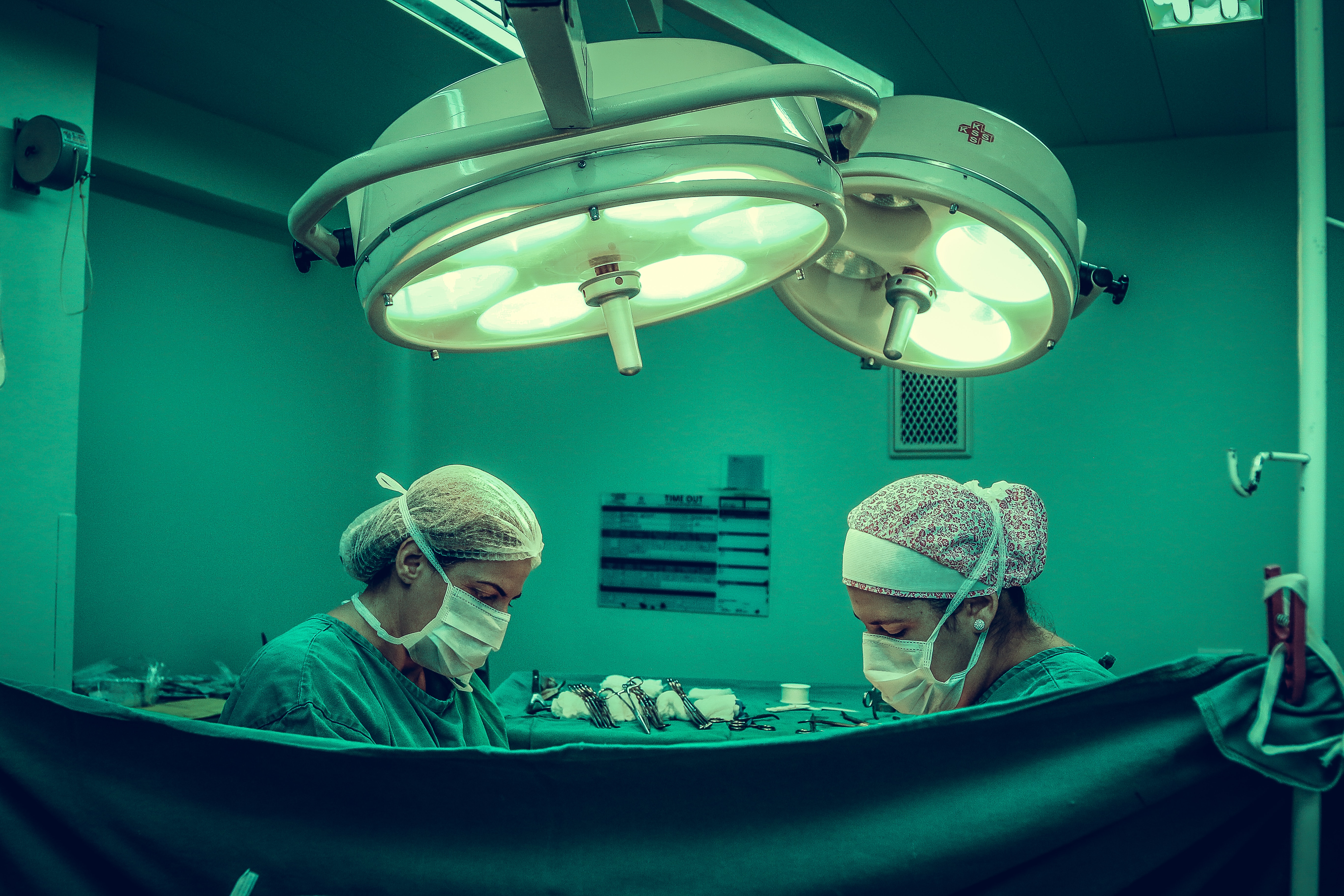 A team of medics at the University
A team of medics at the University